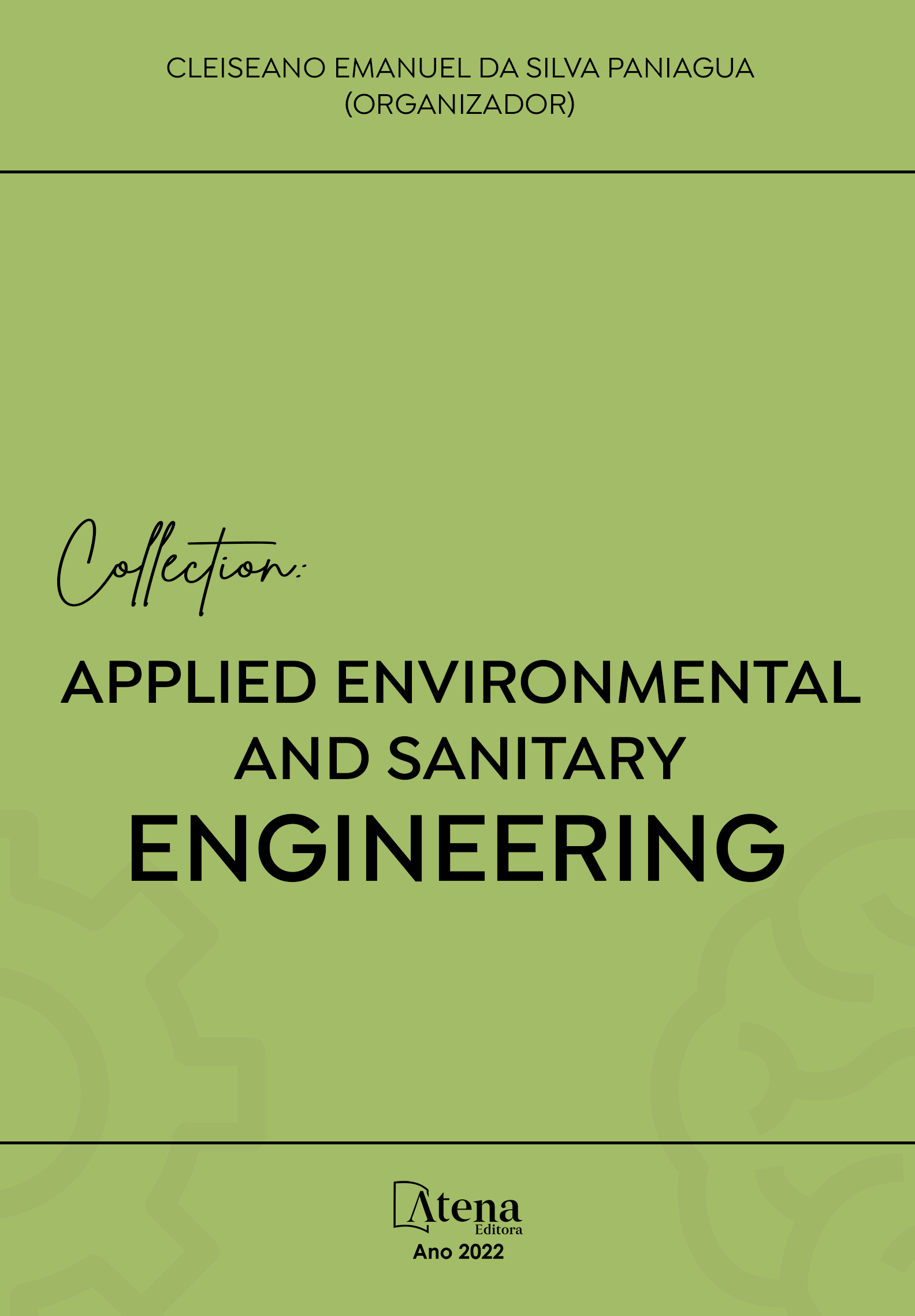
QUANTIFICAÇÃO DAS EMISSÕES ATMOSFÉRICAS A PARTIR DA QUEIMA DE BIOMASSA EM LAGES-SC
No Brasil, a queima de biomassa é uma prática antiga utilizada em atividades relacionadas ao uso do solo. Porém, apesar de ser regulamentada em determinadas situações, é uma das principais responsáveis pela emissão de gases de efeito estufa. Nesse sentido, o objetivo do presente trabalho é quantificar as emissões atmosféricas oriundas da queima de biomassa no município de Lages-SC, e apresentar os possíveis impactos gerados pela prática da queimada. Para amostragem de dados utilizou-se de duas áreas localizadas em Lages, região serrana de Santa Catarina. Uma das áreas foi considerada com ausência de emissões atmosféricas antrópicas, chamada de área controle, para ser utilizada como referência, e a outra área havia ocorrência da prática da queimada. Foram amostrados os gases CO, CO2, NO, NO2 e SO2, além da temperatura e umidade relativa ambiente. Com isso, pode-se identificar a ocorrência natural de CO2 na atmosfera na área controle, e a maior concentração dentre os gases identificada na área de queimada. Já o CO, que também está presente na atmosfera de forma natural não apresentou concentração na área controle. O NO2 apresentou o dobro da concentração de NO na área de queimada, visto que o segundo é um precursor do primeiro, enquanto o SO2 apresentou a menor concentração registrada, pois sua maior ocorrência é em regiões industriais. Os impactos causados pelas emissões de gases de efeito estufa atingem tanto o meio ambiental, quanto social, pela escassez de alimentos e recursos disponíveis, além da ocorrência de desastres. Dessa forma, se faz necessária a adoção de estratégias de mitigação e de controle das atividades emissoras, pois são perceptíveis as transformações impulsionadas pelos efeitos dos impactos gerados a partir da emissão de gases de efeito estufa.
QUANTIFICAÇÃO DAS EMISSÕES ATMOSFÉRICAS A PARTIR DA QUEIMA DE BIOMASSA EM LAGES-SC
-
DOI: 10.22533/at.ed.5782219018
-
Palavras-chave: Queima de biomassa; Emissões atmosféricas; Gases de efeito estufa.
-
Keywords: Biomass burning; Atmospheric emissions; Greenhouse gases.
-
Abstract:
In Brazil, biomass burning is an old practice used in activities related to land use. However, despite being regulated in certain situations, it is one of the main responsible for the emission of greenhouse gases. In this sense, the objective of the present work is to quantify the atmospheric emissions from the burning of biomass in the municipality of Lages-SC, comparing with concentrations of an area with no emission sources, and to present the possible impacts generated by the practice of burning. For data sampling, two areas located in Lages, in the mountainous region of Santa Catarina, were used. One of the areas was considered to have no anthropogenic atmospheric emissions, called the control area, to be used as a reference, and the other area had the practice of burning. CO, CO2, NO, NO2 and SO2 gases were sampled, in addition to the ambient temperature and relative humidity. With this, it is possible to identify the natural occurrence of CO2 in the atmosphere in the control area, and the highest concentration among the gases identified in the burn area. CO, which is also present in the atmosphere in a natural way, did not present concentration in the control area. NO2 presented twice the concentration of NO in the burning area, since the second is a precursor to the first, while SO2 presented the lowest recorded concentration, since its highest occurrence is in industrial regions. The impacts caused by greenhouse gas emissions affect both the environment and the social environment, due to the scarcity of food and available resources, in addition to the occurrence of disasters. Thus, it is necessary to adopt mitigation strategies and control the emission activities, as the transformations driven by the effects of the impacts generated by the emission of greenhouse gases are noticeable.
-
Número de páginas: 14
- Jordana dos Anjos Xavier
- Alexandre Tadeu Paulino
- Valter Antonio Becegato


